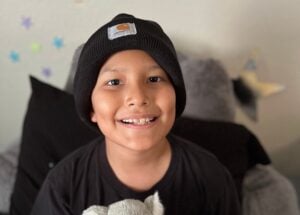
Sights Set on a Strong End to 2023 — Will You Join Us?
Family Reach CEO Carla Tardif reflects on 2023 and calls for community support before the year ends.
Each year, the Family Reach team invites thought leaders, partners across industries, and members of the cancer community to imagine a better world for cancer patients. We deep dive into a particular theme or topic and often walk away with ideas that spark new programs and solutions to overcome the financial burden of cancer.
Our latest Imagine Session is currently in full swing — a three-part virtual series to keep attendees safe and socially distanced as we all continue to navigate the COVID-19 pandemic. The series, Imagine Cancer Equity, is focused on social determinants of health and the gaps they create in cancer care and delivery.
The first session kicked off in October 2020, focused on understanding how social determinants affect cancer patients and strategies for program delivery to address inequities. We continued the conversation last week on January 26, 2021, with expert panelists who discussed how we can best leverage collaboration to reduce disparities and then held breakout sessions to discuss more with attendees.
Here’s an overview of the key insights we gained from this impactful session.
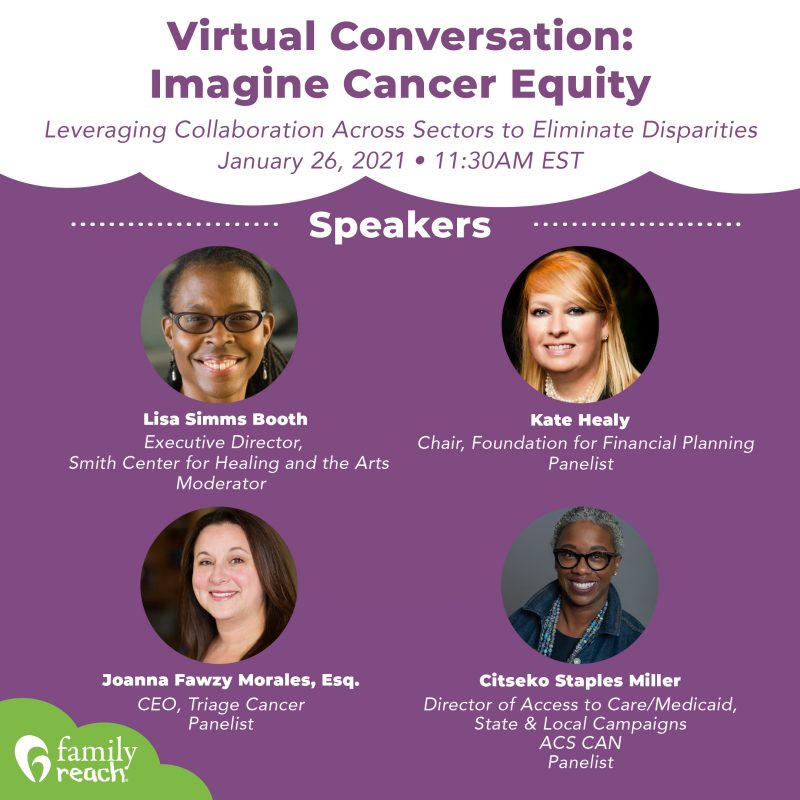
Moderated by Lisa Simms Booth, Executive Director of the Smith Center for Healing and the Arts, the conversation began with recognizing how the past year brought us to where we are today.
“The COVID-19 pandemic pulled back the lid on so many of these problems that many of us knew existed, but now there is a very bright light shining on how communities of color and those who are under-resourced and underrepresented experience challenges that really do contribute to worse health outcomes,” Citseko Staples Miller, Director of Access, State & Local Campaigns, at the American Cancer Society Cancer Action Network, explained.
In identifying where to begin addressing and filling these gaps in cancer care, the conversation turned to patient education.
“We can create a lot of resources, programs, and services or even pass new laws, but if people don’t know about them, they’re pretty much useless,” Joanna Fawzy Morales, Esq., CEO of Triage Cancer, said. “At Triage Cancer, we develop educational materials in various forms to meet different learning needs and we also hold trainings for care providers so they can help improve health literacy on the ground.”
Building on this, Citseko highlighted how the real difference-maker in helping people understand how to navigate the healthcare system is reaching them through their own communities.
“It’s critical that we’re always thinking about the population we’re serving, meeting them where they are, and ensuring they have a basic understanding of when and how to access the healthcare system,” she explained. “This should come from the community, especially a community that looks like the patients you’re serving, because they are trusted messengers.”
When we think about how we can address disparities in cancer experiences through solutions like education and awareness initiatives, the collaboration between industries can be key to making a real impact.
“If you had asked me years ago if I would be part of a panel talking about cancer, I would have said ‘I’m in financial services, what do they have to with each other?’” Kate Healy, Chair of the Foundation for Financial Planning, said. “But knowing how a cancer diagnosis is further affected by finances, the financial services industry can provide pro-bono advice that can lead to better outcomes. Really, this collaboration is life-saving.”

Once we have partnerships and programs in place, the next step is measuring our success. All three panelists agreed that a combination of anecdotal patient stories for real-world impact and hard numbers through statistical data collection is key to evaluating the impact of our collaborations.
In regards to statistical data, paying close attention to where the information is coming from is more important than ever.
“One thing we have learned over the past year is that we don’t collect enough demographic-specific data — the data that also tells us who the person completing the form is,” Citseko explained.
Using the example of zip codes, she pointed out that without this layer of analysis, we may not know that survey responses actually look very different between a well-resourced neighborhood and an under-resourced one. That information is critical for implementation strategies, particularly when hoping to engage a specific population.
Acknowledging that evaluation can be intimidating, especially for smaller organizations, Joanna reminded us that we don’t have to be statisticians to be effective in this area.
“For me, if one person tells me that a program was useful – if one patient tells me that they felt their anxiety floating away because they now know what to do next – that to me means the program was worth it,” she said.
The panel also reflected on the need for an authentic, long-term commitment to the solutions we put in place. Revisiting some themes from our first session in this series, the group highlighted how important it is to recognize that health disparities are born out of deep-rooted systemic and structural inequities. We are unlikely to see results that last if we implement a program and measure for a year or two.
The only way to ensure we are having our intended effect on patient outcomes is to ensure that measurement takes place before, during, and after a program is implemented. Additionally, we can’t be afraid to make changes along the way if the data shows us room for improvement. Making space for these program adjustments is critical.
“It’s not always about immediate impact – you have to be in it for the long haul and make tweaks as you go,” Kate said. “Make the commitment that you’re not just writing a check for an initiative and look at long-term trend lines rather than just absolutes. It may take years to succeed and that’s okay!”
After the main session ended, some of our attendees stayed on for breakout discussions to dive into next steps. The conversations were brimming with ideas, from ways to communicate effectively with patients to building trustworthy, safe spaces to ask for help. Like any Imagine Session, these breakout sessions are sure to influence how we think about future collaborations to drive solutions forward — stay tuned!
Cancer affects all of us and touches every corner of a patient’s life – so no matter what industry you represent, your voice and expertise are needed to drive this work forward. Our speakers wrapped up the conversation with some key takeaways for those ready to take action.
Kate encouraged everyone to “trust the power of your network and create as much awareness as you can,” while Citseko added that “staying connected with the communities we’re trying to serve” will help us find those trustworthy voices and ensure we’re smarter about how we invest resources. Joanna emphasized that “you don’t have to reinvent the wheel” when you can partner with someone who can provide exactly what you need.
Closing on an important yet often overlooked note, Lisa reminded everyone that “we are all doing really hard but gratifying work, but be mindful to take care of yourself as well. Put your oxygen mask on before you help others and collaborate, collaborate, collaborate. You don’t have to do this work alone.”


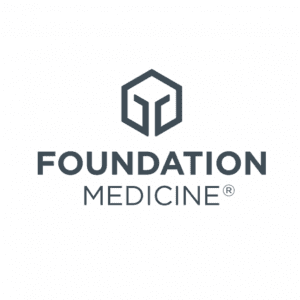
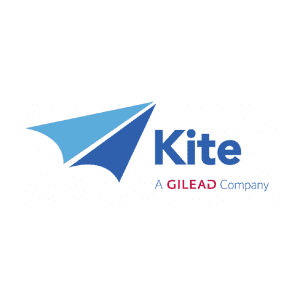
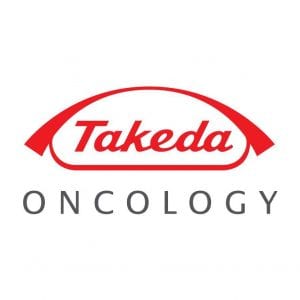


As COO at Family Reach, Rosie plays a pivotal role in the progression of the organization’s services, research, and collaborations. She launched the inaugural strategic planning process in 2019 and works closely with the team to ensure that all internal and external activity is aligned to push the mission forwards.

Family Reach CEO Carla Tardif reflects on 2023 and calls for community support before the year ends.
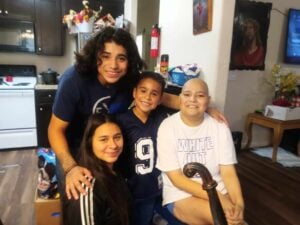
Your holiday giving provides financial relief to families like these who are facing cancer this winter.

Curious what a donation to Family Reach does? Here’s a breakdown of how donations to Family Reach provide financial support to families facing cancer.
Applications will only be reviewed and processed for open funds.
Applications will only be reviewed and processed for open funds.
Applications will only be reviewed and processed for open funds.
Applications will only be reviewed and processed for open funds.
Applications will only be reviewed and processed for open funds.